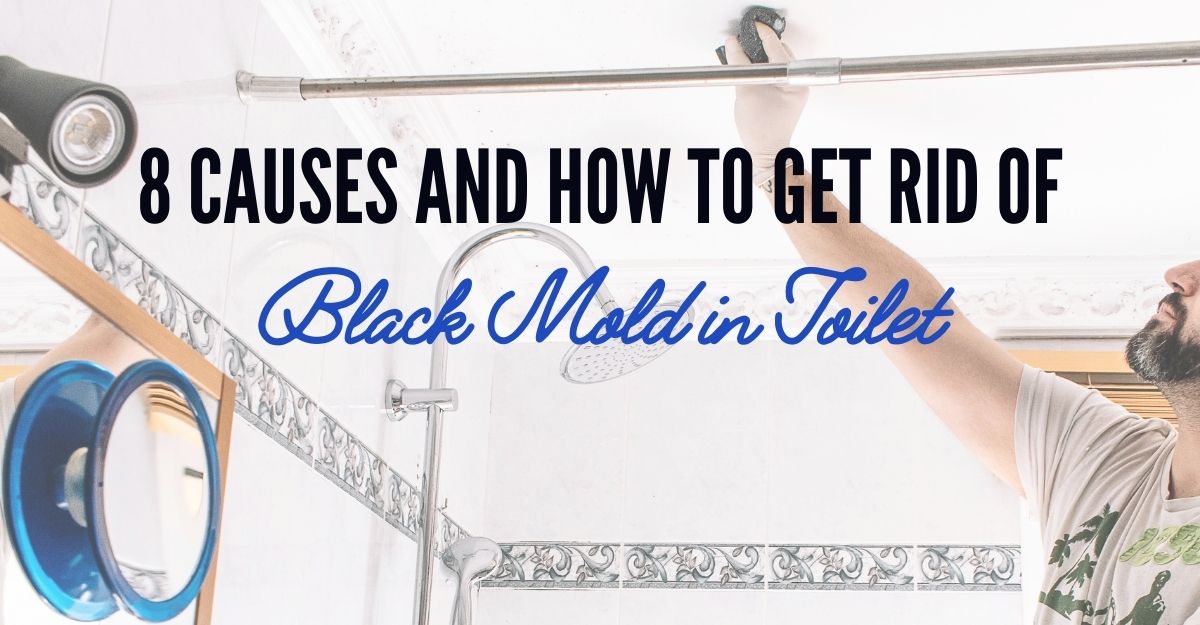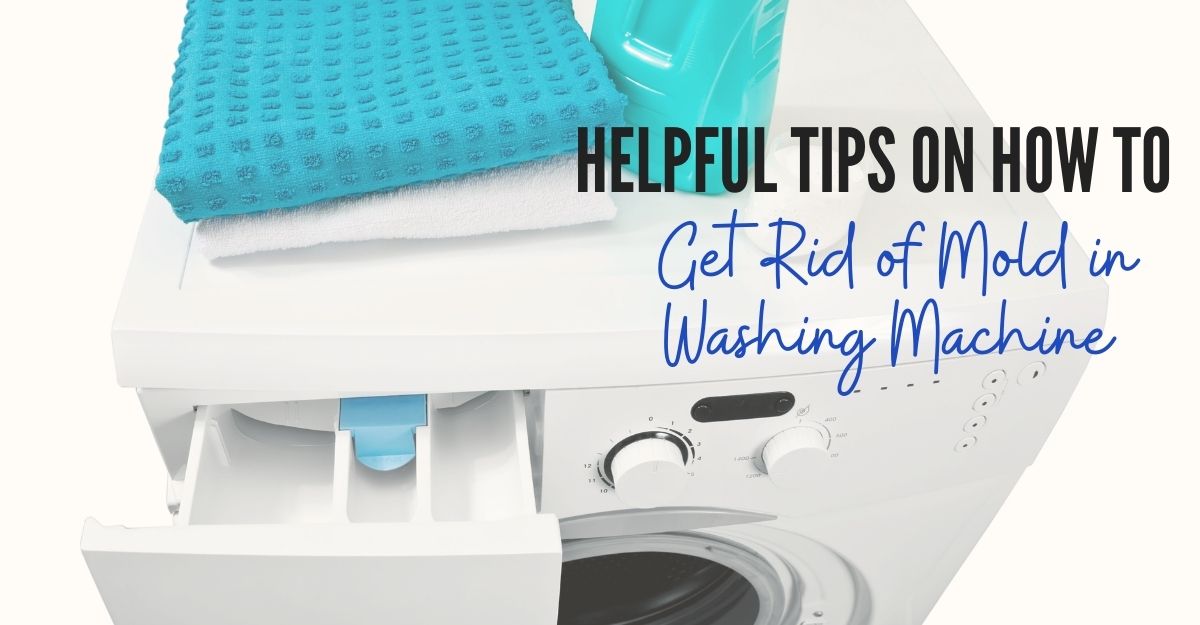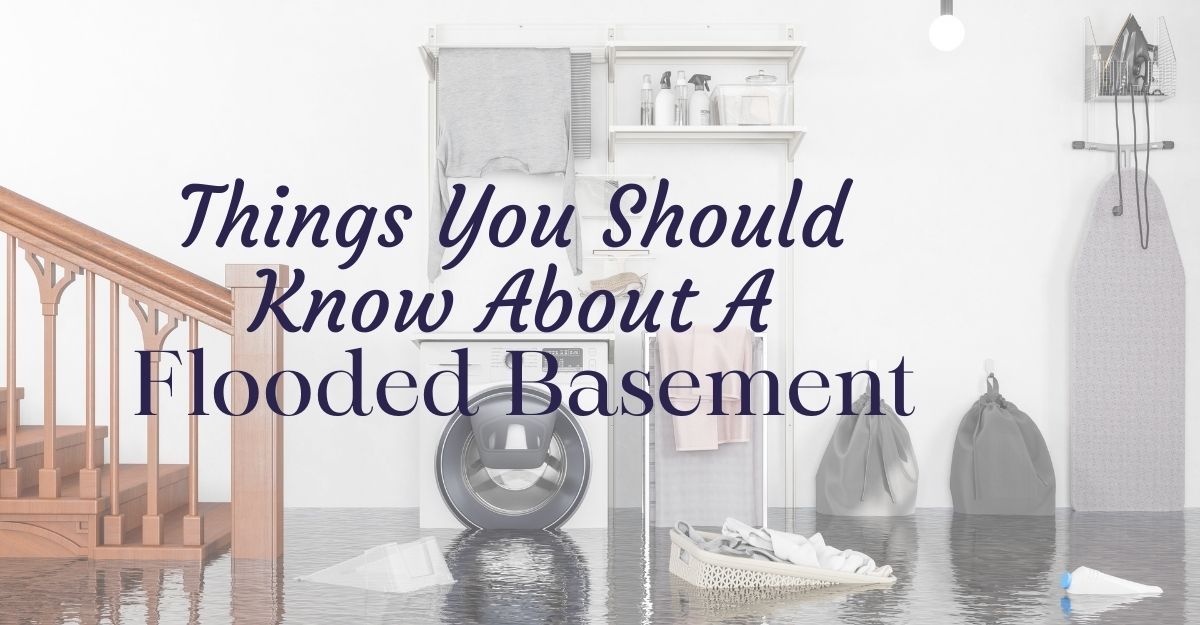Clean walls are a necessary part of your home because they brighten up rooms and create a healthy atmosphere. However, your walls are also bound to become dirty at some point. Even small fires such as electrical shorts or grease fires can cause vast smoke damage to different materials. Fire leaves behind soot and smoke which can cause damage if not dealt with immediately. Stains can be more difficult to get rid of, thus it is necessary to clean and remove soot from walls.
About Soot
- Soot is the result when organic matter is burned. It is the carbon residue that remains after a fire.
- Soot comes from candles, fires, matches, or any burning material.
- Soot and smoke color ranges from light grey to black and may appear as a dry powder or an oily film.
- Soot’s acidic nature leaves ugly stains on surfaces such as ceilings or walls which are difficult to remove.
- Soot can spread so fast because it is four times smaller than a dust particle.
- Soot can be inhaled deep into the lungs and cause breathing problems.
How To Clean And Remove Soot From Walls
Soot can leave unpleasant stains and can become more difficult to remove especially if not taken care of immediately. Superior Restoration has much experience in cleaning and removing soot from your walls. Scrubbing alone can make matters worse so we have gathered a few tips on how to easily clean and remove soot from walls.
It’s best to test the cleaning solution you’re using on a small concealed area of the wall or ceiling initially, observing any possible adverse reaction to that chemical.
Safety Tips: Test first the cleaning solution you are using on a small concealed area of the ceiling or wall. Then observe for possible adverse reaction to that chemical.
Materials Needed: To remove soot stains effectively, you’ll need the right cleaning materials and equipment such as:
- Dry cleaning sponge or chemical sponge (soot sponge).
- These sponges don’t have chemicals and work best when dry.
- Simply cut away the stained and dirty portion of the sponge and continue cleaning.
2. Degreaser and other household cleaners
- They are used to get rid of oilier, thicker soot stains.
- Degreasers are effective on painted surfaces and walls and work on wood well, too.
- Gritty cleaners may scratch the paint and wood so avoid using them.
3. Gloves
- They will keep your hands free of stains and neat during the process of soot removal.
- They will also protect your hands at least from harsh chemicals or cleaning solutions you will be using.
4. Clean cloths/rags
- They are helpful when applying or getting rid of cleaners. Dry clothes are better at wiping away residue of soot and wet cloths can clean soot better.
5. Bucket
- It will hold the cleaning agent.
6. Vacuum
- A shop vac with a hose is the best tool for getting rid of soot because it consists of a high-powered motor and suction unit which sucks up dirt, debris, and chunks of material.
- A regular vacuum with a hose or a wand attachment will also work. Thoroughly clean the wand after if you choose to use the regular one.
Soot Removal Process
-
Wear protective attire
Soot can irritate the skin and the lungs. Wear gloves, a face mask, long sleeves, and pants to protect yourself.
-
Ventilate the area
To get the air flowing, use fans and open the windows. Also, to prevent the spreading of smoke and soot, turn off your HVAC system.
-
Remove or cover items/belongings.
Get rid of items to avoid extensive damage. Separately clean them to get rid of the soot and smoke odor.
-
Protect the floor
Cover up the floor with newspapers or any sheets to prevent soot from falling.
-
Vacuum soot residue from walls
When vacuuming, hold the nozzle about one-half inch away from the area you’re cleaning to avoid contact with the surface.
Use a soft sponge. Wipe away stains using a soft sponge. This step will help ensure the soot doesn’t penetrate and cause stains permanently.
-
Wipe the walls
Avoid scrubbing the walls as this can cause damage. Continue to wipe in strokes or in a downward motion until the surface has been cleaned.
Remember: Do NOT wet the sponge as it will become ineffective in cleaning the soot on walls.
-
Clean residual stains
Once the soot has been removed, use a degreaser or a high-alkali detergent such as water and dish soap to wipe off the remaining stains.
-
Rinse then dry
Rinse off residual detergent and soot with plain water and then pat dry with a towel.
-
Get rid of the floor cover
Once the walls are cleaned, remove and dispose of the floor covers carefully so as not to spread any soot that may have fallen on them.
Call the Home Restoration Professionals
If your home is affected by soot, call a fire damage restoration professional that is trained and equipped to clean up and remove soot damage. Moreover, this will make sure that the job is done correctly the first time. If cleaning procedures are not properly done, it can cause further damage and expose you to the health dangers of soot.
Please contact us today, Water Damage Ontario. We are available 24/7.




